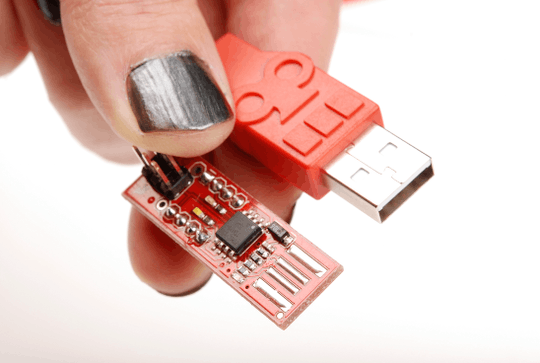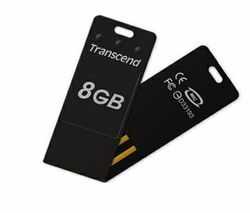If the plastic spacer inside the PC's USB type A socket breaks, attempting to plug a device into the socket can short the Vcc and GND terminals together, which may damage the motherboard. Breaking the plastic spacer was not unheard of with clamshell cases on Dell Precision Workstations from several years ago: open the clamshell with a device plugged into the front USB port and something's probably going to break (either the device or the socket).
Depending on the mechanical design of the specific type A plug, fumbling around with the plug backwards may also short Vcc to GND. I ran into this once with a type A plug where the shell had two metal fingers that were crimped over the plastic spacer, and these happened to be the same distance apart as the Vcc and GND terminals. This burned up a trace on a motherboard (a generic Pentium board circa 1996; apparently no overcurrent protection for the USB port) and made me much more careful about plugging in keyed connectors.


If something bad could happen, no, Windows would not warn you. Its just another thing that would make you have to get a new computer. – Wuffers – 2010-10-10T20:16:11.683
15A theoretical question I hope? – Phoshi – 2009-09-04T12:38:08.897
4A luser would never force it. They'd just get a bigger hammer. – Les – 2009-09-04T13:05:35.877
6I actually laughed at this question – Xetius – 2009-09-04T14:31:53.593
2That's funny. I has something similar happen...our co-op put the USB plug into an ethernet port. Surprisingly, the system wouldn't power up and he couldn't figure out why. So, I just jokingly said that he probably plugged the USB into the ethernet port. When I checked, to my surprise, I was right. – hanleyp – 2009-09-05T02:05:51.143
Come to think of it, maybe just the keyboard didn't work. I'll have to try and see what happens next week. – hanleyp – 2009-09-05T02:08:43.573